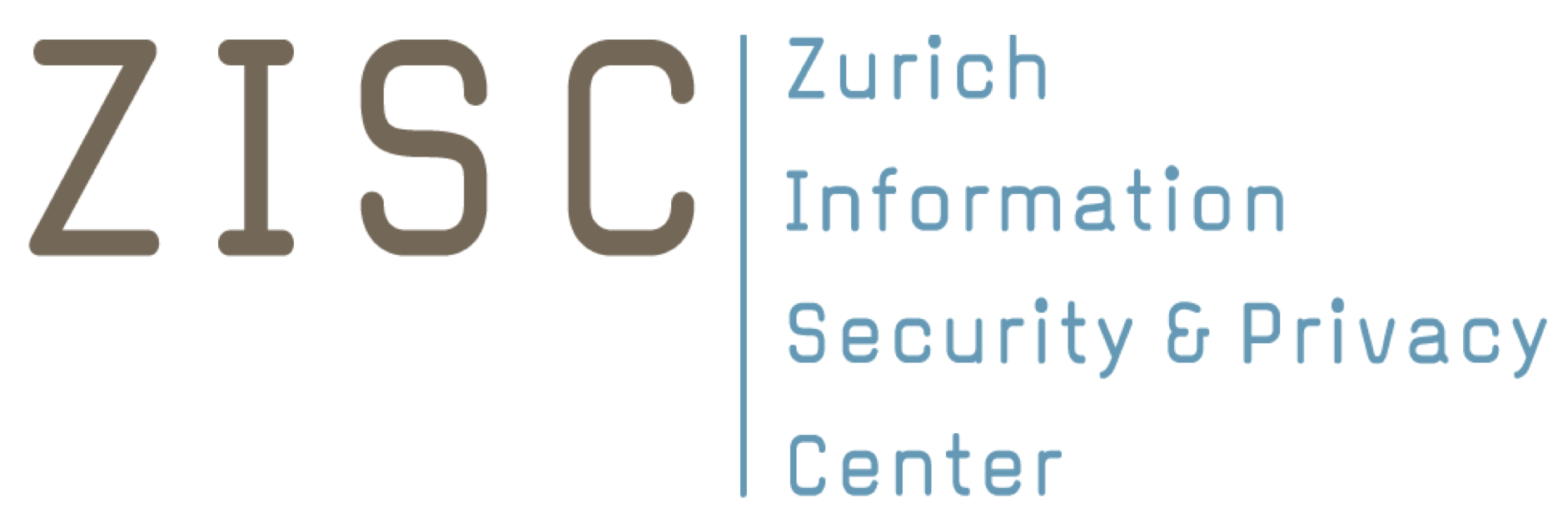Can’t Touch This: Using Hover to Compromise the Confidentiality of User Input on Android
Abstract We show that the new hover (floating touch) technology, available in a number of today’s smartphone models, can be abused by any Android application running with a common SYSTEM_ALERT_WINDOW permission to record all touchscreen input into other applications. Leveraging this attack, a malicious application running on the system is therefore able to profile user’s
